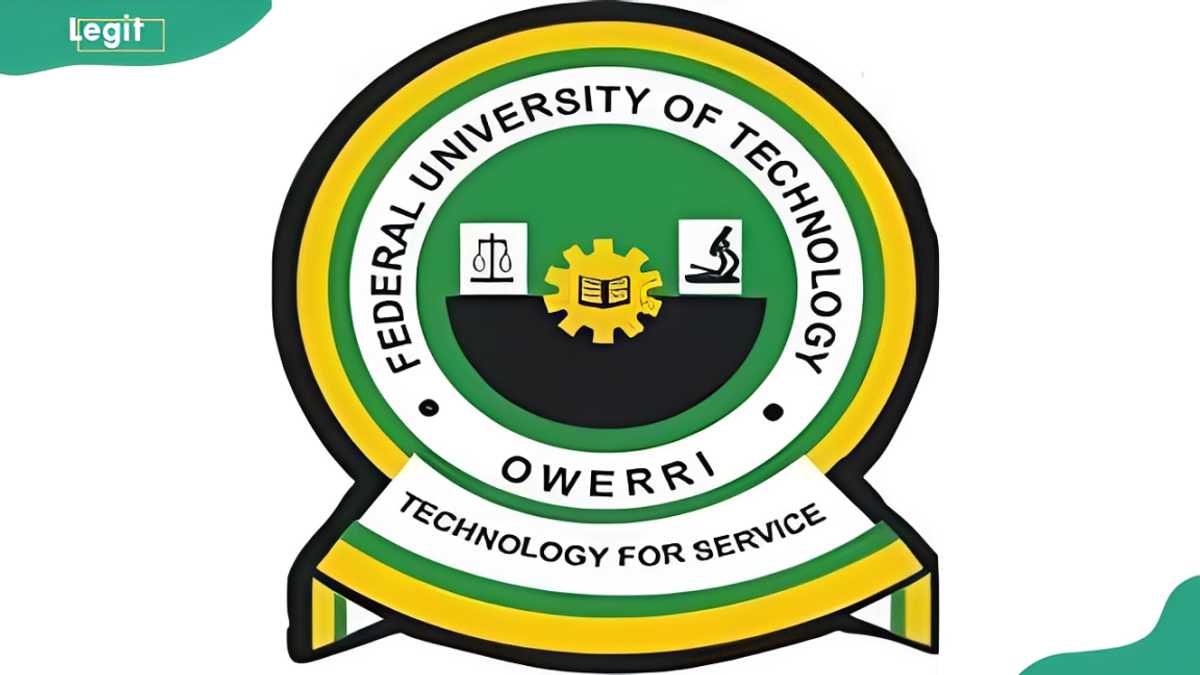Can Canadian Automakers Learn From Hyundai's Tech-Forward Strategy to Compete with China?

The global automotive landscape is undergoing a seismic shift, largely driven by the rapid advancements and aggressive expansion of Chinese automakers. Hyundai, recognizing this challenge, has boldly declared that embracing technology is the *only* way to compete. But is this strategy feasible for Canadian and North American manufacturers, and what lessons can they draw from Hyundai's approach and the moves being made by others like Honda and even tech giant Xiaomi?
Hyundai's stance isn't simply lip service. They've been investing heavily in electric vehicle (EV) technology, autonomous driving systems, and connected car features. Their commitment extends beyond just building EVs; it's about creating a holistic, tech-driven mobility experience. This includes developing their own software platforms, establishing partnerships with technology companies, and fostering a culture of innovation within the organization. The key takeaway is a proactive, rather than reactive, approach to technological disruption.
Meanwhile, Honda is taking a different, but equally significant, route. The company is actively seeking expertise and collaboration within Silicon Valley, a global hub for technological innovation. This signals a recognition that traditional automotive engineering expertise alone isn't enough to keep pace with the rapidly evolving demands of the market. By tapping into the talent pool and cutting-edge research happening in Silicon Valley, Honda hopes to accelerate its own technological development, particularly in areas like software and artificial intelligence.
And then there's Xiaomi, a name more commonly associated with smartphones and consumer electronics. Yet, the company’s ambitious foray into the automotive sector is sending ripples throughout the industry. Xiaomi's potential profitability this year (a significant milestone) demonstrates the disruptive power of integrating existing technological prowess into a new market. They aren't starting from scratch; they’re leveraging their expertise in software, hardware, and user experience to build EVs that appeal to a tech-savvy consumer base. This highlights the blurring lines between traditional industries and the potential for unexpected competitors to emerge.
So, what does this mean for Canadian automakers and the broader North American automotive industry? The message is clear: complacency is not an option. Simply improving existing internal combustion engine (ICE) vehicles won't cut it. A fundamental shift in mindset and strategy is required. Here's a breakdown of potential steps:
- Invest in R&D: Prioritize research and development in EV technology, autonomous driving, and connected car services.
- Forge Strategic Partnerships: Collaborate with technology companies, startups, and universities to access expertise and accelerate innovation. Consider the Honda model of engaging with Silicon Valley.
- Develop Software Capabilities: Recognize that software is becoming increasingly critical to the automotive experience. Build in-house software teams or acquire companies with relevant expertise.
- Focus on User Experience: Design vehicles and services that are intuitive, user-friendly, and seamlessly integrated with users' digital lives. Learn from Xiaomi's approach to consumer electronics.
- Embrace Data Analytics: Leverage data generated by connected vehicles to improve vehicle performance, personalize the driving experience, and develop new services.
The competition from China is real and intensifying. However, by embracing a tech-forward strategy and learning from the experiences of companies like Hyundai, Honda, and Xiaomi, Canadian and North American automakers can not only survive but thrive in the evolving automotive landscape. The time for action is now.





